Why Sports Uniforms Matter from Grassroots to Global Arenas
Sports Uniform Athletic Identity
The Evolution of Athletic Identity
Sports uniforms are not decorative extras. They are foundational tools that shape how athletes move, feel, and perform. From the earliest stages of junior sport, uniforms help establish team identity and behavioral discipline. They signal belonging, reduce distractions, and create a shared visual language. As athletes progress to higher levels, uniforms evolve to meet the demands of speed, strength, and visibility. The shift from cotton to engineered synthetics reflects a broader transformation in how sport is understood—not just as play, but as precision. Uniforms also help coaches and referees assess movement patterns and enforce rules. In elite sport, uniform design is tightly regulated to ensure fairness and safety.
Across all levels, the uniform becomes a symbol of commitment, a tool of performance, and a bridge between athlete and audience. Uniforms reduce visual clutter, allowing spectators and broadcasters to follow gameplay more easily. They serve as a visual contract, signaling readiness, professionalism, and respect for the game. In youth leagues, uniforms help reduce socioeconomic visibility, promoting inclusion. They also support logistical organization, helping teams manage gear, track players, and maintain hygiene standards.
Uniforms are often the first tactile experience of team sport for children, creating early associations with discipline and pride. As athletes mature, uniform design becomes more specialized, tailored to biomechanics, climate, and sport-specific demands. Uniforms also play a role in injury prevention through padding, fit, and material choice. They help athletes transition mentally from training to competition, reinforcing focus and routine. Uniforms are also used to signal rank, role, and achievement through patches, numbers, and color coding. In professional sport, uniforms are part of a larger ecosystem linked to branding, merchandising, and fan engagement. But at every level, the uniform remains a core element of athletic identity, shaping how athletes see themselves and how they are seen.
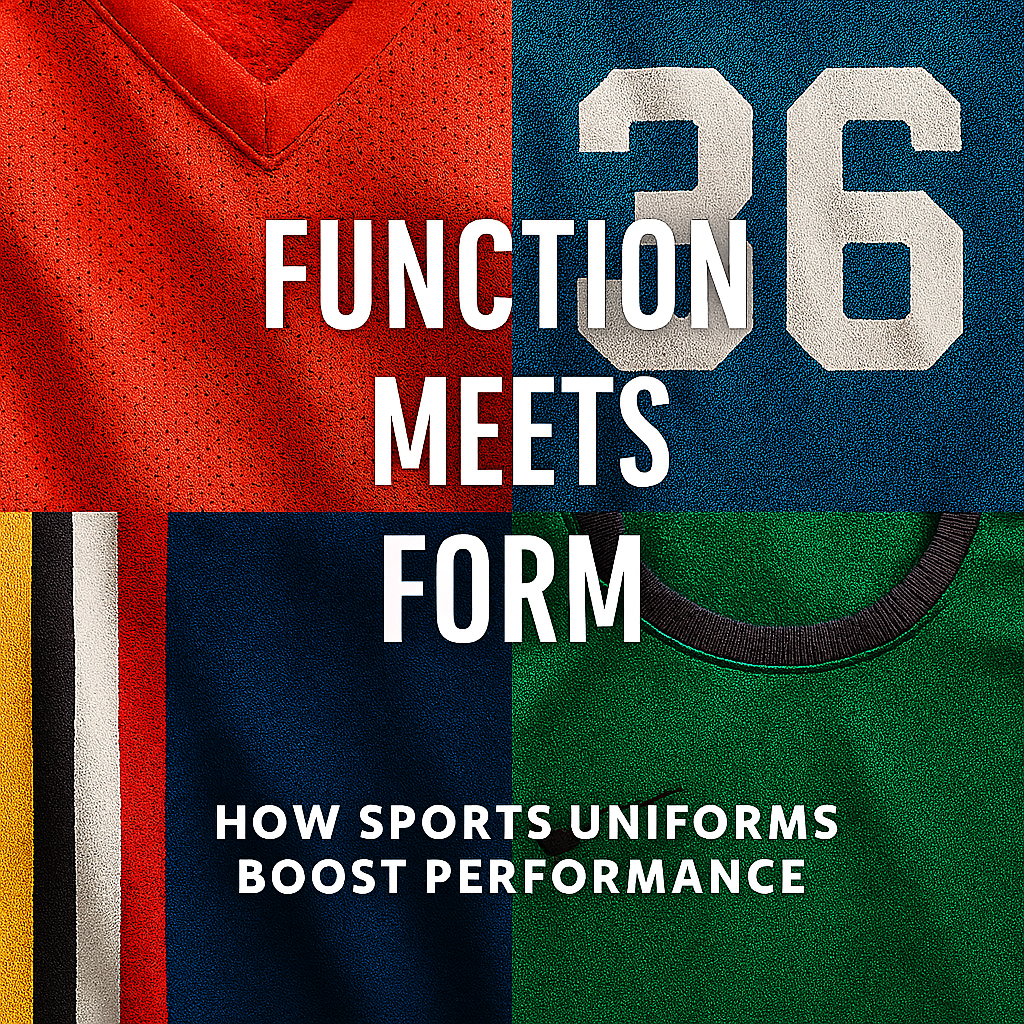
Sports Uniform Fashion or Function
FUNCTION OVER FASHION
How Uniforms Enhance Physical Output
Sports uniforms are engineered to support the body’s natural mechanics and reduce physical strain. Compression mapping helps stabilize muscle groups and reduce fatigue during repetitive motion. Lightweight fabrics minimize drag and allow for faster acceleration in sprint-based sports. Moisture-wicking materials regulate body temperature and prevent overheating, which improves endurance and comfort. Seam placement is carefully designed to avoid friction zones and reduce skin irritation. Footwear integration with uniform design affects gait, balance, and injury risk, especially in sports with high-impact landings. Uniform weight distribution influences jump mechanics and agility, particularly in basketball and volleyball. Breathable panels are placed in high-sweat zones to improve airflow and reduce heat buildup.
Elastic zones allow for full range of motion without compromising fit or support. Uniforms can reduce muscle oscillation, improving endurance and reducing soreness after competition. Color contrast aids in team coordination and spatial awareness, especially in fast-paced games. Headgear and padding are integrated for impact absorption in contact sports like rugby and hockey. Uniforms help athletes maintain posture and alignment under fatigue, supporting better form and reducing injury risk. Tight-fitting designs reduce wind resistance in cycling and track events, contributing to faster times. Some uniforms include grip-enhancing textures for ball control in sports like soccer and basketball.
Reflective elements improve visibility in low-light conditions, which is essential for outdoor training. Uniforms are tailored to match the biomechanics of each sport, ensuring that movement is fluid and unrestricted. Reinforced stitching ensures durability under extreme stress and repeated washing. Anti-microbial treatments reduce odor and lower the risk of skin infections. Design symmetry supports psychological focus and reduces visual noise during gameplay. Stretch recovery is tested to ensure the uniform maintains its shape over time, preserving performance benefits.
THE PSYCHOLOGY OF UNIFORMITY
Identity, Focus, and Team Cohesion
Sports uniforms influence how athletes perceive themselves and their role within a team. Wearing a uniform creates a psychological shift from individual mindset to collective purpose. This shift enhances cooperation, reduces ego-driven behavior, and fosters mutual accountability. Uniforms help athletes mentally prepare for competition by signaling a transition into performance mode. The act of putting on a uniform becomes ritualistic, anchoring focus and reducing anxiety. Uniforms also reduce social comparison by minimizing visible economic differences among players. In youth sport, uniforms help instill discipline and respect for structure. They reinforce behavioral expectations and promote consistency across training environments.
Uniforms also support emotional regulation by creating a sense of readiness and belonging. Athletes often associate their uniform with pride, responsibility, and achievement. Uniforms can reduce performance anxiety by providing a familiar and stable external cue. They also help athletes separate personal life from competitive identity, which supports mental clarity. Uniforms contribute to team bonding by creating a shared visual identity. This shared identity strengthens trust and communication during high-pressure moments. Uniforms also influence how opponents perceive a team’s confidence and cohesion. In professional sport, uniform presentation is linked to psychological intimidation and brand authority. Uniforms can also support recovery routines by signaling the end of competition and the start of rest.
Coaches use uniforms to reinforce tactical roles and strategic positioning. Uniforms help athletes internalize their role within a system, which improves execution. They also reduce distractions by eliminating unnecessary choices about appearance. Uniforms are part of the athlete’s mental toolkit, supporting focus, resilience, and emotional control. Across all levels, the psychological impact of uniforms is profound and measurable in behavior, attitude, and performance.
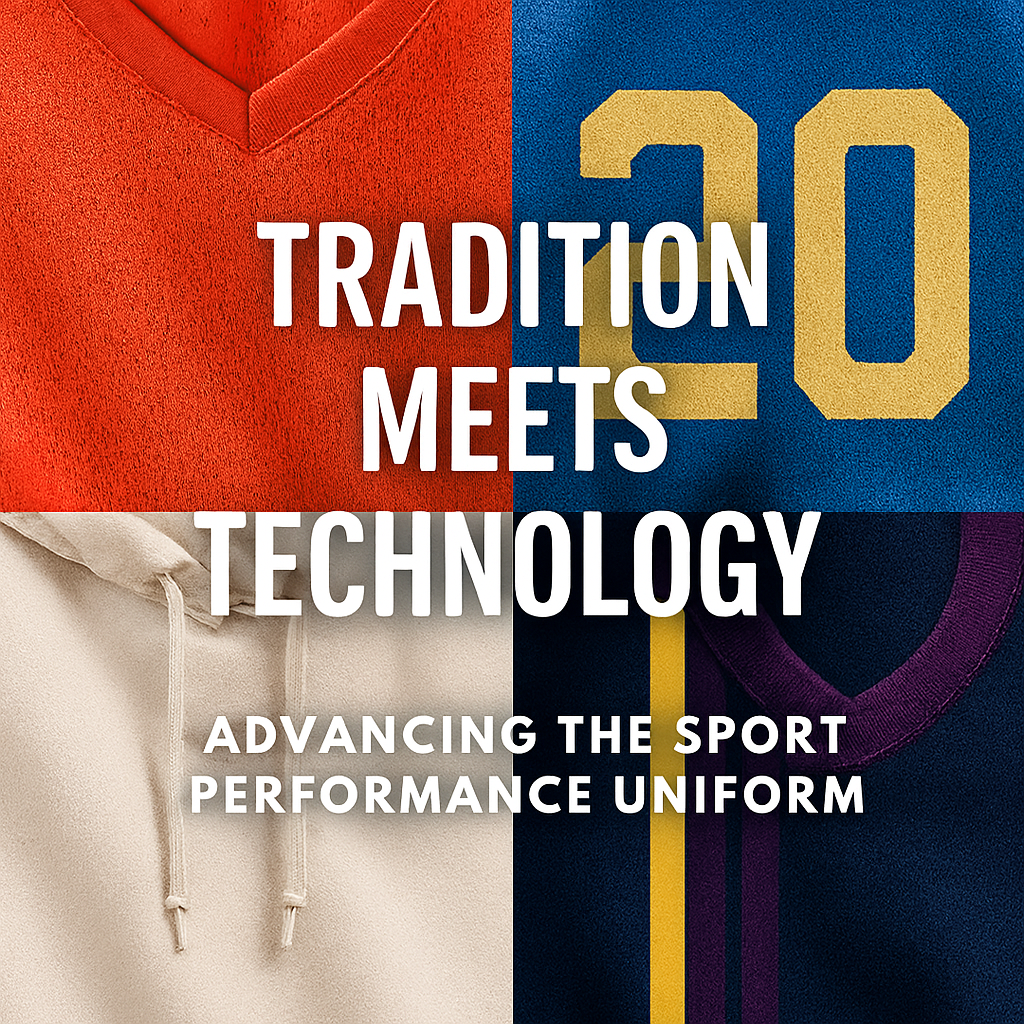
SAFETY, REGULATION, AND FAIRNESS
How Uniform Standards Protect Athletes and Level the Field
Uniforms are subject to strict regulations to ensure safety, fairness, and consistency across competitive environments. Governing bodies define acceptable materials, cuts, and accessories to prevent injury and maintain equity. In contact sports, padding and helmet integration are mandated to absorb impact and reduce concussion risk. Uniforms must meet flammability standards in motorsport and other high-risk disciplines. Reflective elements are required in night events to enhance visibility and prevent collisions. Uniforms are tested for tensile strength to withstand physical stress without tearing. In aquatic sports, suits must conform to buoyancy and drag reduction limits to prevent unfair advantages. Uniform color and numbering systems are standardized to support officiating and broadcast clarity.
Uniforms must not include unauthorized logos or political statements, preserving neutrality in competition. In youth leagues, uniform rules help prevent exclusion based on cost or customization. Uniforms are inspected before events to ensure compliance with league standards. Footwear specifications are enforced to prevent ankle injuries and maintain surface compatibility. Uniforms must not include sharp elements or loose accessories that could harm other players. In adaptive sports, uniforms are tailored to accommodate assistive devices while maintaining safety. Uniforms are also regulated to prevent gender-based performance disparities.
Temperature control features must meet safety thresholds to avoid heatstroke or hypothermia. Uniforms are designed to minimize skin exposure in extreme climates, protecting against sunburn or frostbite. Officials use uniform standards to enforce fair play and prevent equipment-based manipulation. Uniforms must be free of distracting patterns or reflective surfaces that interfere with gameplay. In professional leagues, uniform violations can result in fines or disqualification. Uniform standards evolve with technology, but always prioritize athlete welfare and competitive integrity.
ECONOMICS OF THE UNIFORM
Cost, Value, and Financial Impact Across Levels
Sports uniforms are not just performance tools—they are financial assets with layered economic implications. At the grassroots level, uniform costs influence participation rates and accessibility. Affordable, durable uniforms help reduce barriers for families and community programs. Bulk manufacturing and standardized sizing lower production costs for youth leagues. Uniforms also support local economies through printing, tailoring, and distribution services. In school sports, uniforms are often subsidized to promote inclusion and reduce dropout rates. Uniform resale and donation programs extend lifecycle and reduce waste. At the semi-professional level, uniforms become part of sponsorship packages and brand visibility. Custom designs and limited editions can generate revenue through merchandise sales. Uniforms also serve as advertising surfaces, increasing exposure for team partners.
In professional sport, uniform contracts are multimillion-dollar agreements involving licensing, royalties, and exclusivity. Uniform design influences fan engagement, which drives ticket sales and media coverage. Teams invest in uniform innovation to gain performance advantages and brand differentiation. Uniforms are also used in fundraising campaigns and community outreach initiatives. Uniform changes can signal rebranding, ownership shifts, or strategic pivots.
Uniforms influence athlete marketability, affecting endorsement deals and public image. Uniform production involves complex supply chains, including textile engineering and global logistics. Uniforms are insured against damage, theft, and loss during travel and competition. Uniforms also impact stadium operations, including lighting, camera calibration, and merchandising zones. Uniforms are archived for historical preservation and legacy branding. Uniforms influence resale markets, collector value, and secondary licensing opportunities. Across all levels, the economics of uniforms reflect broader trends in sport commercialization, accessibility, and sustainability.
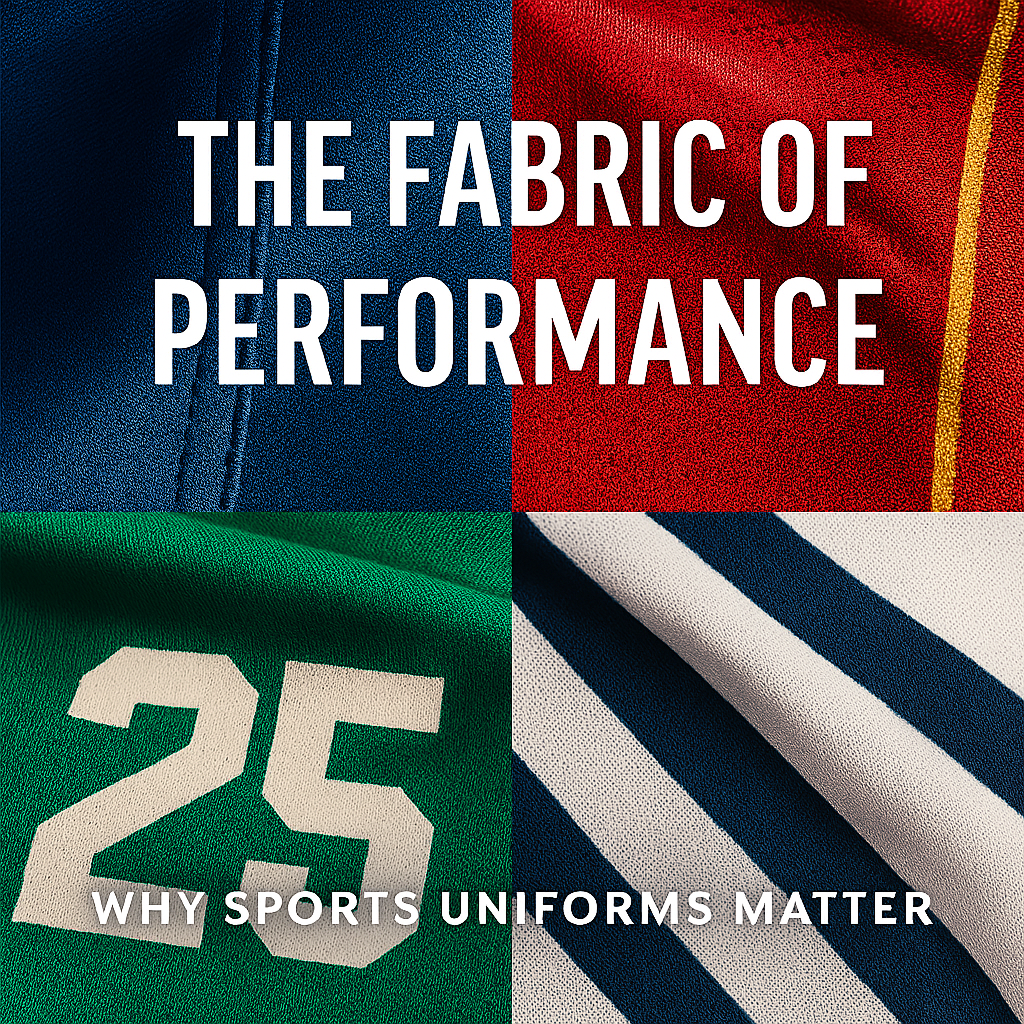
CULTURAL SYMBOLISM
Uniforms as Carriers of Meaning Across Borders and Eras
Sports uniforms are cultural artifacts that reflect values, history, and identity. They often incorporate national colors, regional symbols, or historical references that resonate with fans and players alike. Uniforms can signal resistance, pride, or unity depending on context and design. In international competitions, uniforms become visual representations of geopolitical narratives. They help distinguish teams not just by skill but by heritage and ideology. Uniforms also evolve with cultural shifts, adapting to changing norms around gender, race, and inclusion.
Retro designs are often revived to honor legacy and connect generations. Uniforms can carry emotional weight, especially when linked to historic victories or tragedies. They are used in ceremonies to mark milestones, retirements, or memorials. Uniforms also reflect linguistic diversity through typography and naming conventions. In some cultures, color choice is deeply symbolic—red may signal power, while white suggests purity or peace. Uniforms are used to challenge stereotypes, especially in women’s and adaptive sports. They can also reflect religious considerations, such as modesty or head coverings. Uniforms are often central to fan rituals, including chants, dress codes, and merchandise. They help create continuity across seasons, even when rosters change.
Uniforms are archived in museums and documentaries as part of sport’s historical record. They influence fashion trends and streetwear, blurring the line between sport and lifestyle. Uniforms also serve as tools of diplomacy, fostering goodwill in cross-border tournaments. They are used to promote social causes, such as anti-racism or environmental awareness. Uniforms are not static—they are living symbols that evolve with the communities they represent.
Table: Cultural Symbolism in Uniform Design
| Element | Symbolic Meaning | Example Use Case |
|---|---|---|
| National Colors | Patriotism and identity | Olympic team kits |
| Retro Patterns | Legacy and nostalgia | Anniversary uniforms |
| Typography Styles | Linguistic heritage | Regional leagues with native scripts |
| Religious Modesty | Respect and inclusion | Hijab-compatible designs |
| Protest Messaging | Social awareness | Armbands or patches for causes |
ENVIRONMENTAL IMPACT
Sustainability and Waste in Uniform Production
Uniform production has significant environmental implications, especially at scale. Traditional synthetic fabrics are petroleum-based and contribute to microplastic pollution. Dyeing processes often involve toxic chemicals that contaminate water sources.
Fast turnover in professional leagues leads to excess inventory and textile waste. Uniforms are frequently discarded after minor damage or branding changes. Sustainable alternatives include recycled polyester, organic cotton, and biodegradable fibers. Some teams have adopted closed-loop systems where old uniforms are reprocessed into new gear. Uniform packaging also contributes to waste, especially when single-use plastics are involved.
Transportation of uniforms across global supply chains increases carbon emissions. Uniform laundering requires energy and water, especially in high-frequency use cases. Teams are exploring low-impact detergents and cold-wash protocols to reduce footprint. Uniforms can be designed for modular repair, allowing damaged sections to be replaced. Digital printing reduces waste compared to traditional screen printing. Uniforms made from plant-based fibers decompose faster and reduce landfill burden.
Some leagues now require environmental audits for uniform suppliers. Uniforms can be upcycled into bags, insulation, or promotional materials. Eco-labeling helps consumers and athletes make informed choices. Uniforms are increasingly designed for multi-season use to reduce turnover. Uniform donation programs extend lifecycle and support underserved communities. Uniforms can be tracked with QR codes to monitor usage and recycling. Environmental impact is now a factor in uniform procurement decisions. Sustainability in uniforms reflects broader shifts toward ethical sport governance.
Table: Environmental Impact Factors in Uniform Lifecycle
| Stage | Impact Type | Mitigation Strategy |
|---|---|---|
| Fabric Production | Resource depletion | Use recycled or organic materials |
| Dyeing and Finishing | Water pollution | Switch to non-toxic dyes |
| Distribution | Carbon emissions | Local sourcing and bulk shipping |
| Usage and Washing | Energy and water use | Cold wash and efficient laundering |
| Disposal | Landfill and microplastics | Upcycling and donation programs |
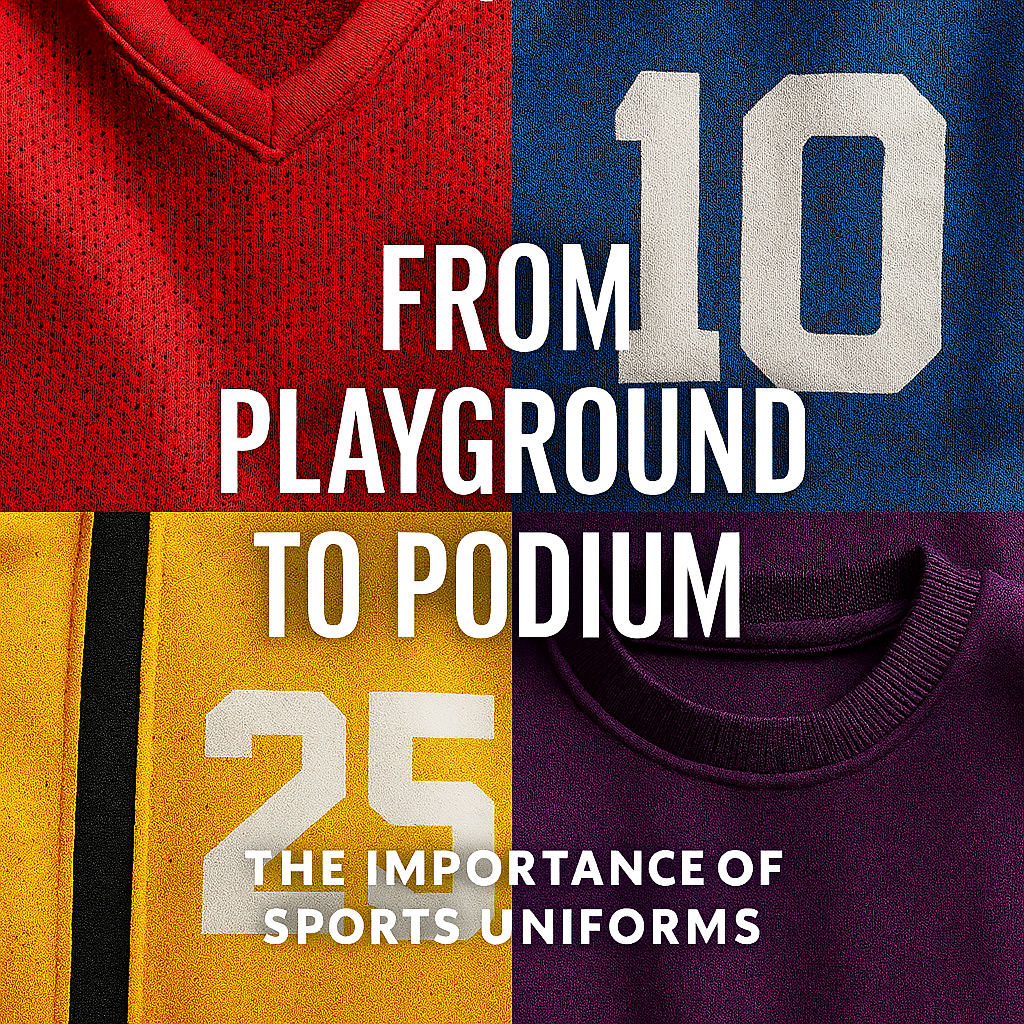
UNIFORMS AND GENDER EQUITY
Design, Representation, and Access Across Genders
Uniforms play a critical role in shaping gender equity in sport. Historically, female athletes were given uniforms that prioritized aesthetics over function. Ill-fitting designs led to discomfort, reduced performance, and increased injury risk.
Today, there is growing recognition that uniforms must be tailored to anatomical and physiological differences. Uniforms for women now incorporate bust support, hip flexibility, and menstrual comfort features. Gender-neutral designs are also gaining traction, especially in youth and recreational leagues. Uniform access is a key equity issue—some programs still allocate more resources to male teams. Uniforms influence media representation, with female athletes often scrutinized for appearance rather than skill. Uniform design can challenge stereotypes by emphasizing strength, speed, and professionalism.
Uniforms also affect participation rates—comfortable, inclusive designs encourage more girls to stay in sport. Uniforms must accommodate religious and cultural dress codes without compromising safety. In elite sport, uniform parity is now part of broader gender equity audits. Uniforms are used to signal equal status in mixed-gender events. Sponsorship visibility must be balanced across gendered uniforms to ensure fair exposure. Uniforms also influence coaching perceptions—well-designed gear supports credibility and authority.
Uniforms for transgender and non-binary athletes require flexible sizing and adaptive features. Uniform policies must avoid reinforcing binary norms and exclusionary standards. Uniforms are part of the athlete’s identity, and gender-sensitive design affirms that identity. Uniforms can be used to promote campaigns for gender equity and inclusion. Uniforms also affect fan merchandise—gender-inclusive sizing expands market reach. Uniforms are central to creating safe, respectful, and empowering environments for all athletes.
Table: Gender Equity Considerations in Uniform Design
| Design Feature | Purpose | Beneficiary Group |
|---|---|---|
| Bust Support | Reduce strain and improve fit | Female athletes |
| Flexible Sizing | Accommodate body diversity | Transgender and non-binary athletes |
| Menstrual Comfort | Enhance usability and hygiene | Female athletes |
| Modesty Options | Respect cultural norms | Religious communities |
| Gender-Neutral Cuts | Promote inclusion | Youth and recreational leagues |
CONCLUSION
Uniforms as Infrastructure, Identity, and Investment
Sports uniforms are far more than fabric. They are engineered systems that support physical performance, psychological readiness, cultural meaning, and financial sustainability. From junior leagues to elite competition, uniforms shape how athletes move, how teams function, and how sport is experienced. They influence injury prevention, team cohesion, and public perception. Uniforms are regulated for fairness, designed for equity, and increasingly built with environmental responsibility in mind. They are part of the athlete’s toolkit, the coach’s strategy, and the league’s brand. Uniforms carry legacy, signal change, and reflect the values of the communities they represent. As sport continues to evolve, the uniform remains a central thread—connecting performance, identity, and purpose.
JOIN THE DISCUSSION
How Do Uniforms Shape Your Experience of Sport?
What role do they play in your community? How should they evolve next?
#SportDesign #UniformMatters #AthleteIdentity #PerformanceWear #InclusiveSport #SustainableGear #TeamCohesion #EquityInSport
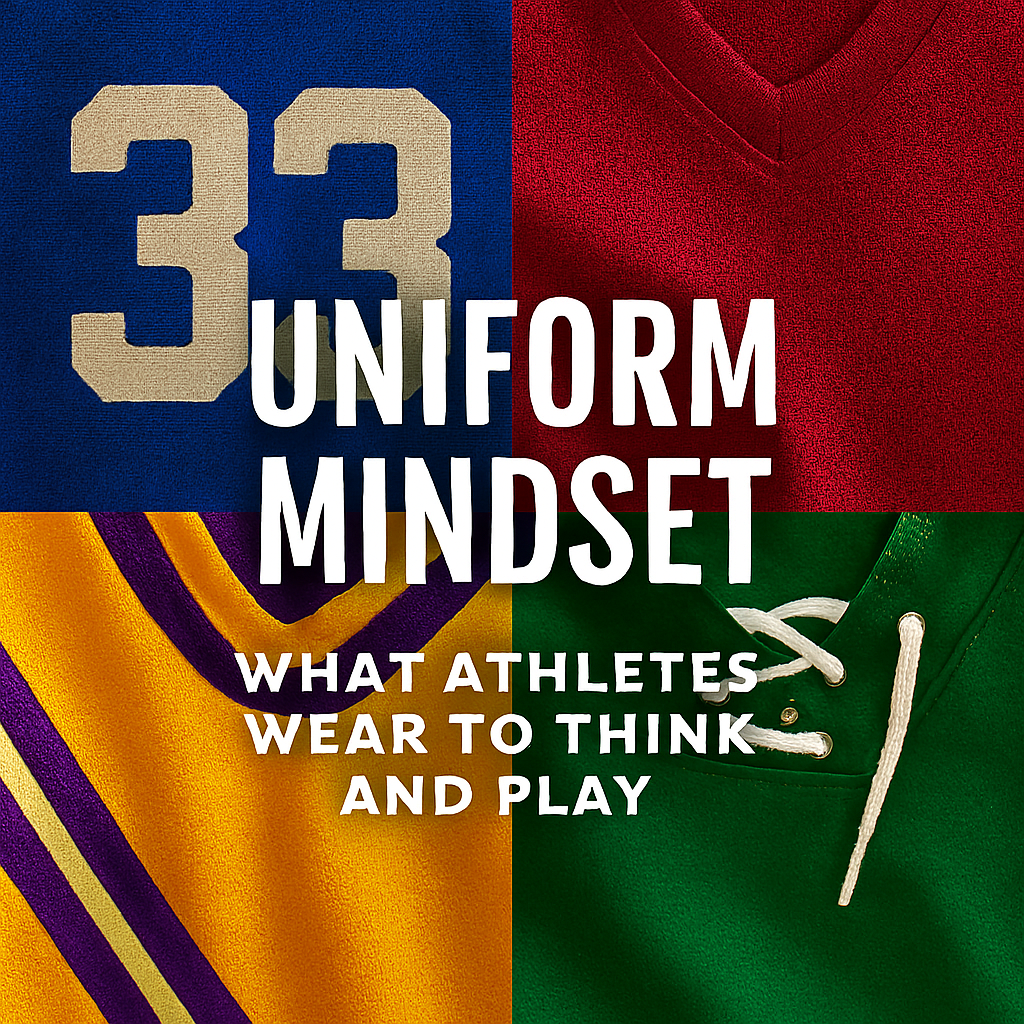
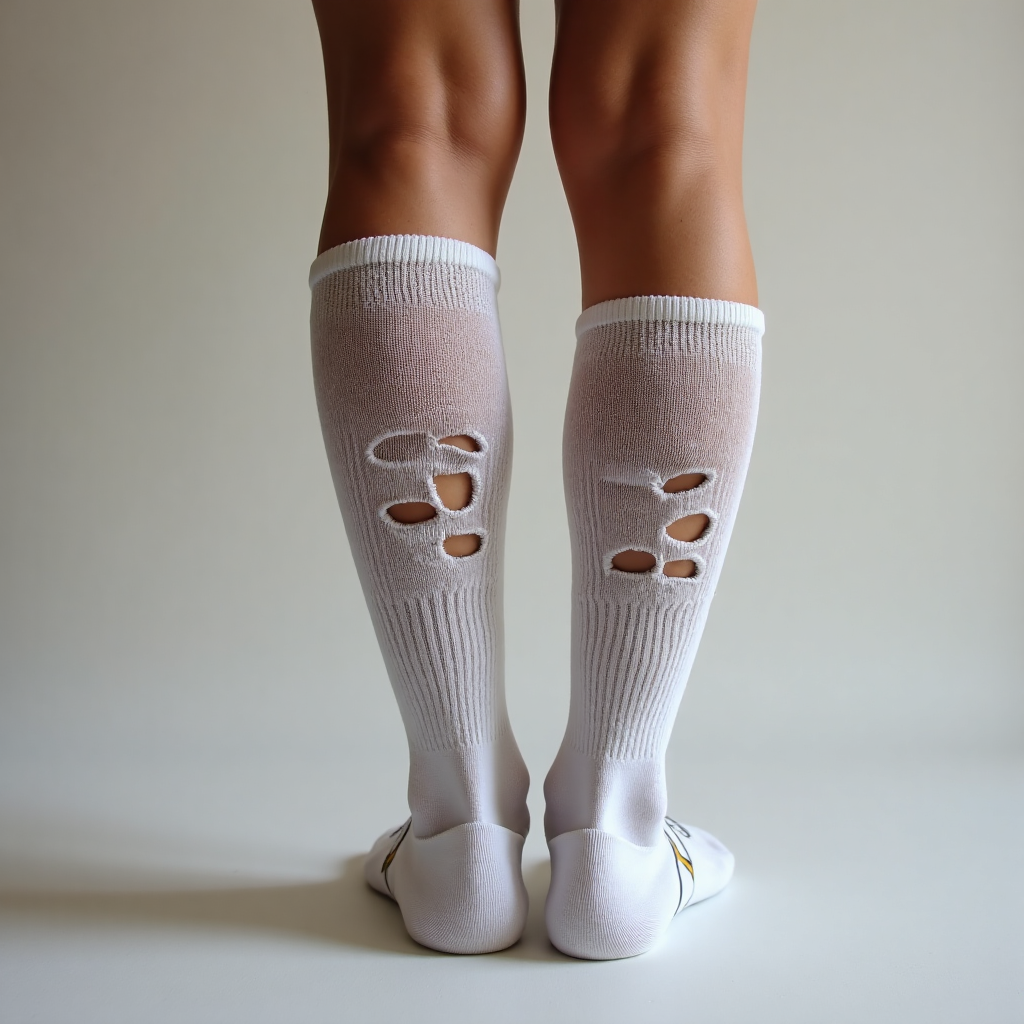
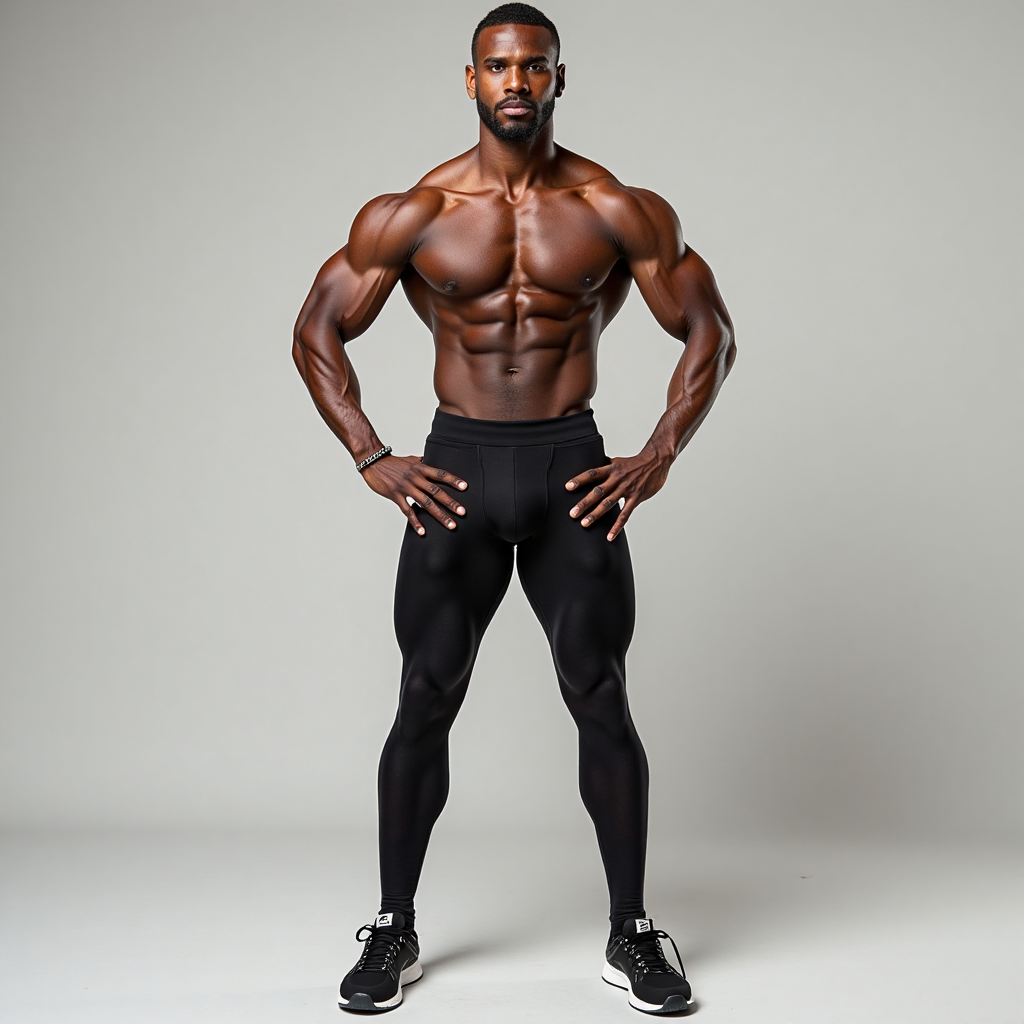


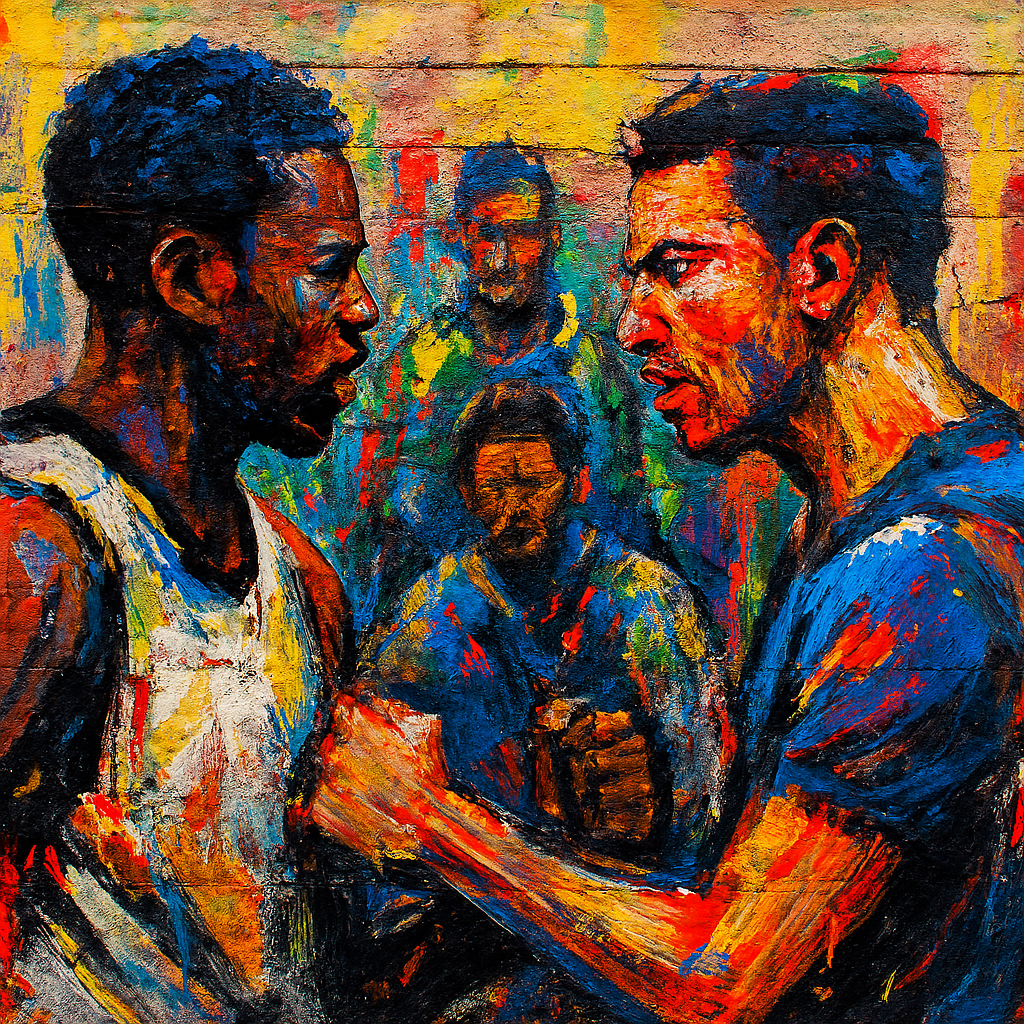


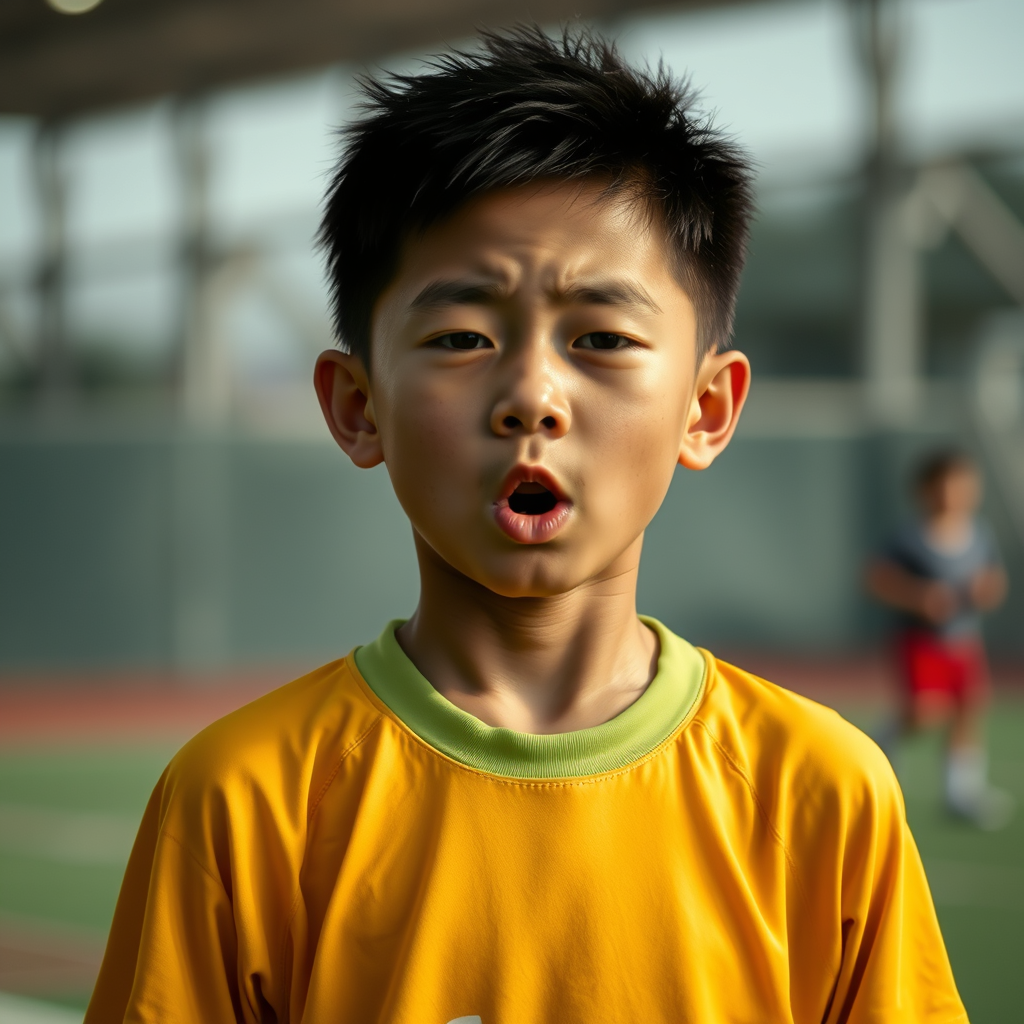
From Powerful Sports People Become Authors Or Start Writing
[…] also allows athletes to clarify misunderstood decisions and reclaim their public image. This form of reflection is especially common in solo sports like tennis, boxing, and gymnastics. Writing becomes a therapeutic process, blending […]